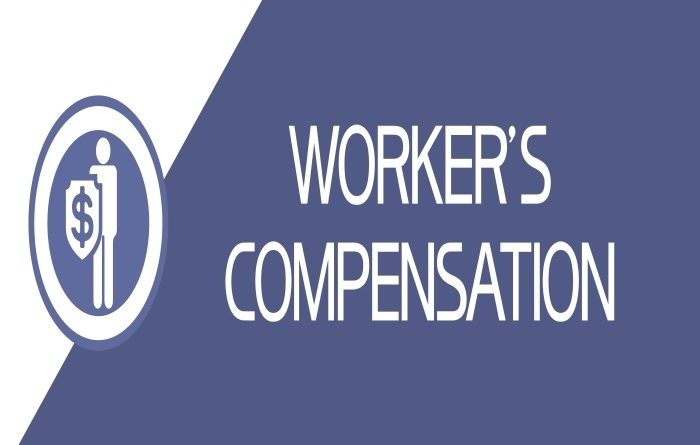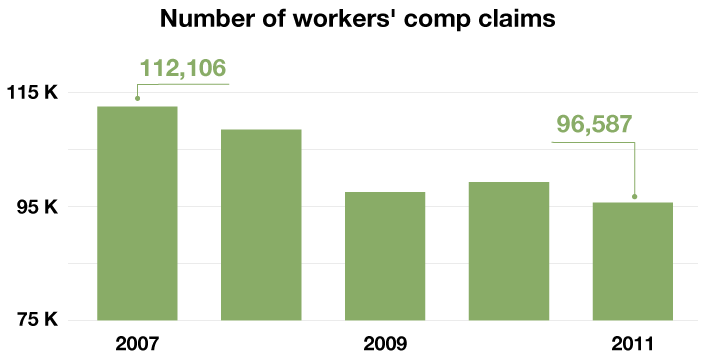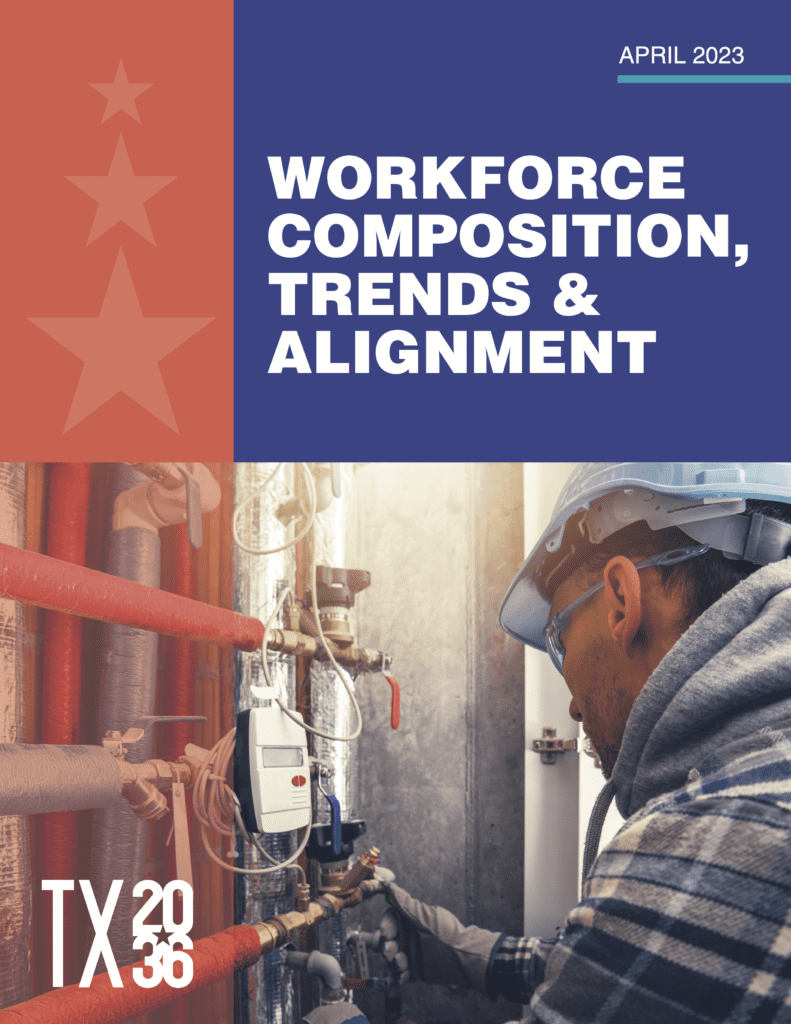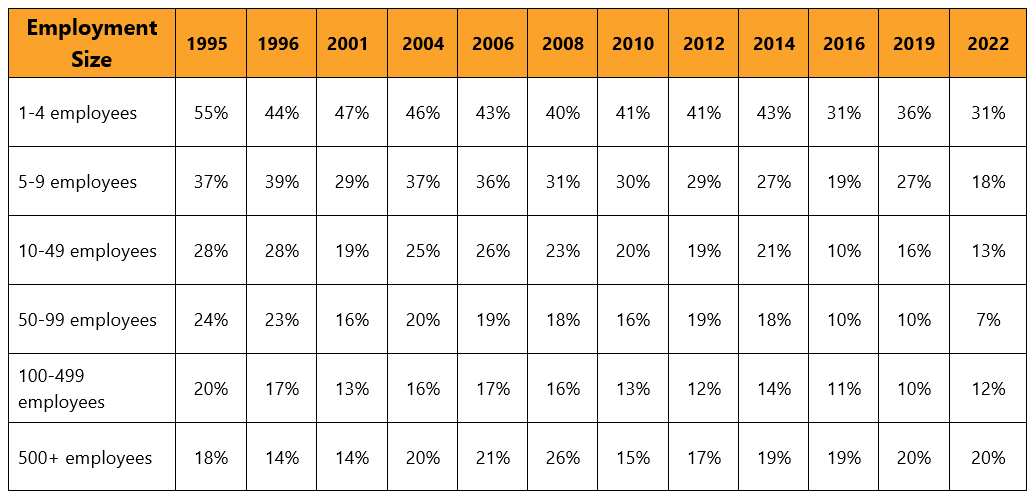Texas Workers' Compensation Claims See a Significant Uptick in 2020, Breaking a 20-Year Decline
BlogTable of Contents
- Medical Payments per Workers’ Compensation Claim Rose 7 Percent in ...
- 2020 Guide to Texas Workers Compensation Stats - Foresight
- 2020 Guide to Texas Workers Compensation Stats - Foresight
- 2018 Texas Workers' Compensation Conference | Division of Workers ...
- Texas workers compensation insurance companies - Tex.Org
- Texas Workers' Compensation Costs Down 63% Since 2005 — PEO Compass ...
- The Texas Tribune: Hurting for Work
- Texas Workforce Composition, Trends and Alignment - Texas 2036
- 2020 Guide to Texas Workers Compensation Stats - Foresight
- Snapshot: Employer Participation in the Texas Workers’ Compensation ...



Understanding the Trend


Factors Contributing to the Increase



Implications for Employers and the Insurance Industry
The rise in workers' compensation claims in Texas has significant implications for employers and the insurance industry. For employers, this trend may lead to increased premiums and a greater emphasis on workplace safety measures to mitigate risks and reduce the likelihood of claims. Employers may need to reassess their safety protocols, provide additional training to employees, and ensure compliance with all relevant regulations to minimize the risk of work-related injuries and illnesses. For the insurance industry, this uptick in claims could lead to a reevaluation of policy rates and coverage terms. Insurers may need to adjust their risk assessments and pricing models to account for the increased frequency of claims. Furthermore, insurers may focus more on preventive measures and partner with employers to enhance workplace safety, potentially offering incentives for businesses that implement robust safety programs. The end of the 20-year downward trend in Texas workers' compensation claims in 2020 is a notable development with far-reaching implications. As the state navigates this new landscape, it is crucial for all stakeholders, including employers, employees, insurers, and regulators, to work together to address the underlying causes of this increase. By focusing on enhanced workplace safety, improved awareness, and preventive measures, Texas can strive towards reducing the number of work-related injuries and illnesses, ultimately benefiting both the workforce and the economy. Whether this increase marks a temporary blip or the beginning of a new trend, proactive and collaborative efforts will be essential in shaping the future of workers' compensation in Texas.Keyword: Texas workers' comp, workers' compensation claims, workplace safety, insurance industry, COVID-19 pandemic.